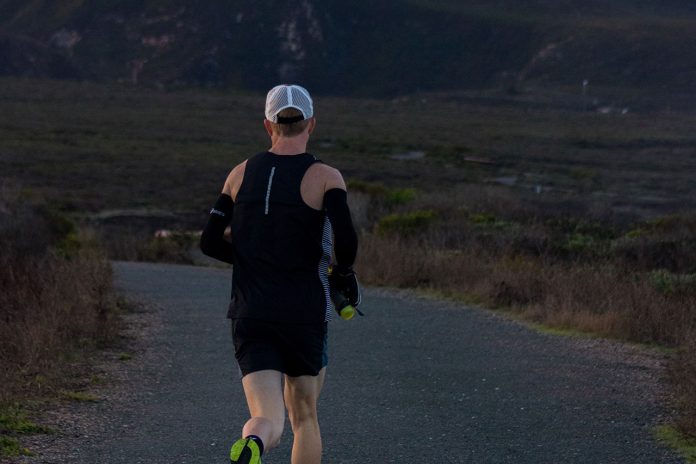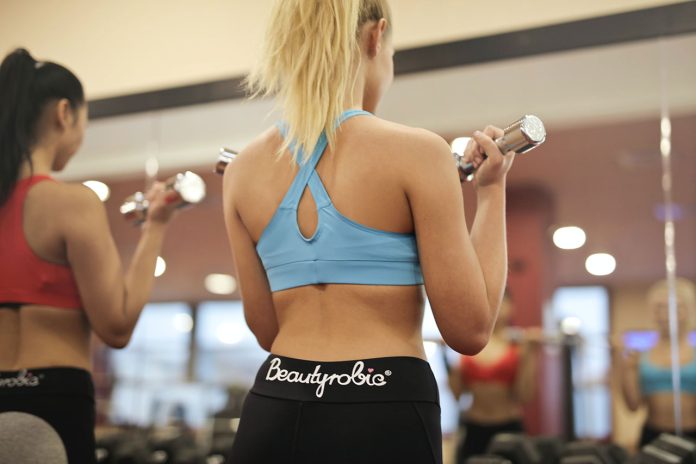Running vests are versatile tops that provide lightweight warmth along with convenient storage for hydration, nutrition, gear, and other running essentials during workouts. With many brands and models available, it helps to understand key factors when shopping for a running vest matched to your needs and preferences. Follow this comprehensive guide for choosing a high-quality vest to take your performance and comfort to the next level.
Table of Contents
You may also want to know: The Complete Guide to Start Running for Better Health
Consider Coverage Needs of Running Vest
Vests range from minimalist sleeves to nearly full coverage:
- Sleeveless provides maximum breathability and mobility while retaining some core warmth.
- Short sleeves add lightweight arm warmth. Look for minimal seams to prevent chafing.
- Quarter zip opening allows temperature regulation by exposing the chest as desired.
- Full zip models enable complete adjustable venting from neck to hips.
- The high collar delivers wind and chill protection for the neck.
- Thumb holes prevent sleeves from riding up and provide hand coverage when pushing a jogging stroller.
- Reflective elements improve after-dark visibility and safety.
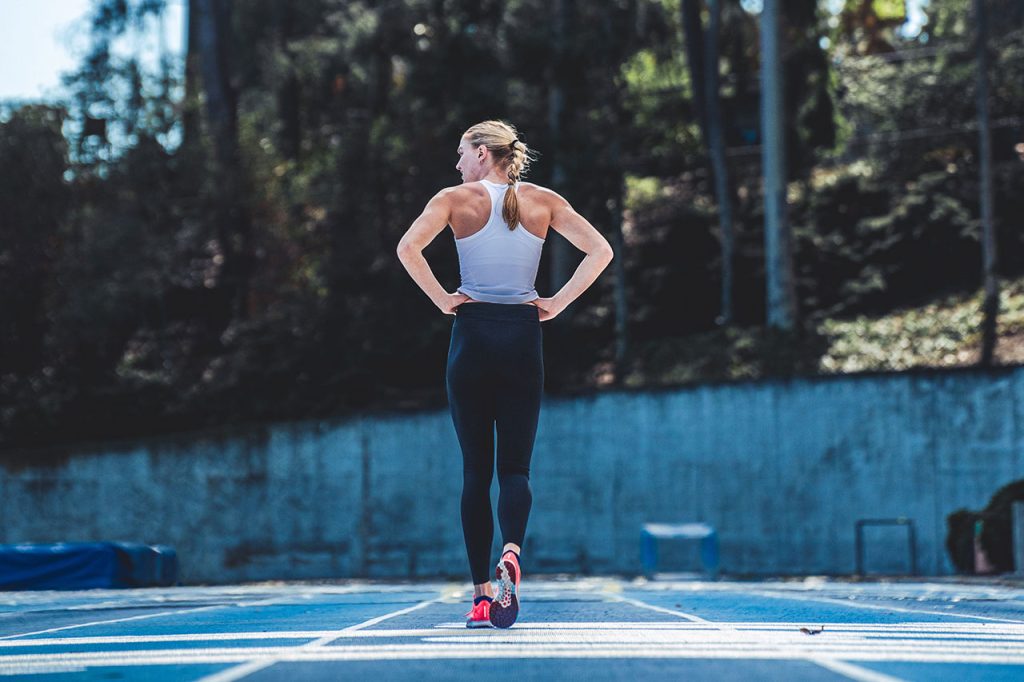
Evaluate Storage Capacity
Assess storage options based on the length of your long runs:
- Zippered hand pockets safely hold smaller items like keys, gels, credit cards, or cash.
- Larger expandable stash pockets fit phones, nutrition, or other essentials.
- Rear zippered pocket provides main storage for larger items.
- Elastic bungee cords or toggles allow cinching layers against the exterior.
- Interior clear sleeve lets you see and access your phone.
- Mesh shoulder pockets give you easy access to hydration and fuel.
- Race bib clips keep your bib in place.
Prioritize Fabric Performance
Material technology largely determines a vest’s effectiveness. Seek these traits in performance-optimizing fabrics:
- Lightweight and breathable with mesh panels to enhance airflow and cooling.
- Moisture-wicking to pull sweat off your body keeping you dry. Polyester and nylon work well.
- Quick-drying so the vest doesn’t stay wet with sweat or rain.
- Four-way stretch provides flexibility and a full range of motion.
- Wind-resistant material shields against chilling wind.
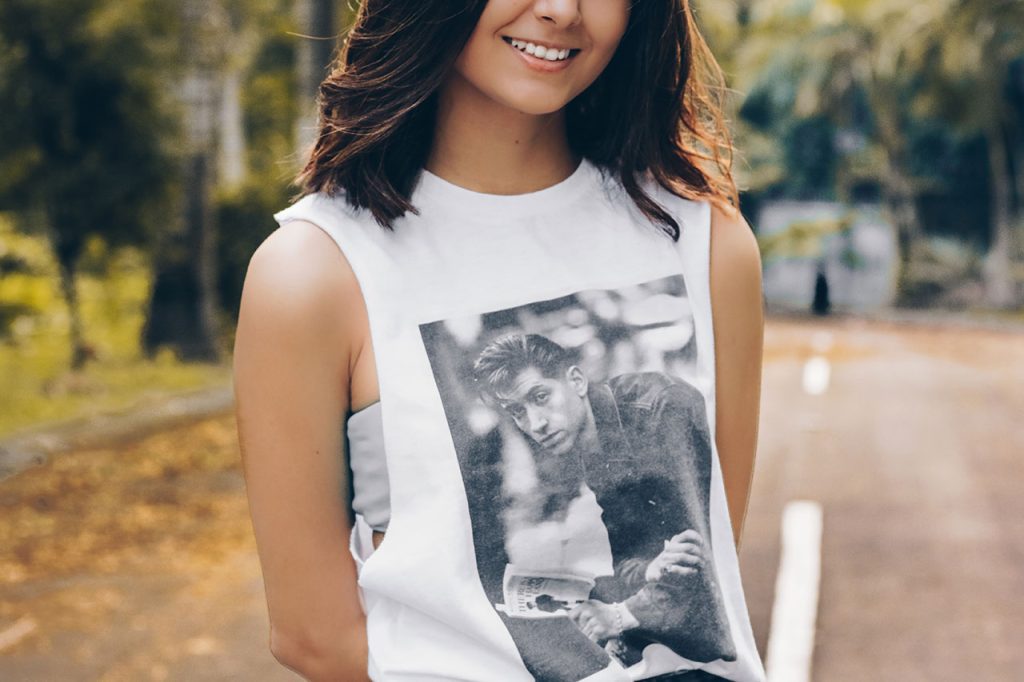
Ensure Proper Fit
A running vest must fit snugly to minimize bouncing and chafing issues:
- Streamlined and lightweight without adding bulk.
- Should have stretch for full arm and shoulder mobility.
- Armholes shouldn’t gap or dig in, enhanced by binding or straps.
- Hem should provide full waistline coverage and stay put while running.
- Adjustable straps/hem enable you to customize the fit.
Consider Hydration Compatibility
Some vests feature integrated hydration compatibility:
- Hydration bladder sleeve holds water reservoirs securely in place.
- Internal ports and channels route the drink tube comfortably.
- External fill port allows refilling reservoir easily.
With numerous carrying and storage considerations, be sure to choose your vest purposefully based on your running needs and gear. Test various models fully loaded to assess comfort before deciding. A dialed-in running vest takes your performance and preparation to the next level.
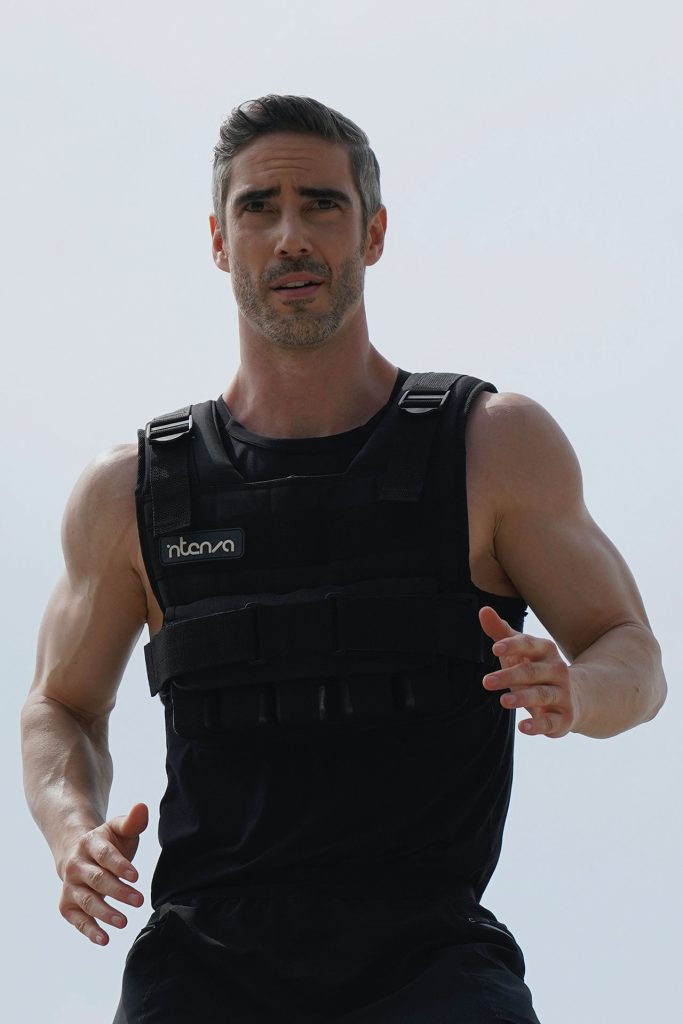
Related Links:
https://en.wikipedia.org/wiki/Running


